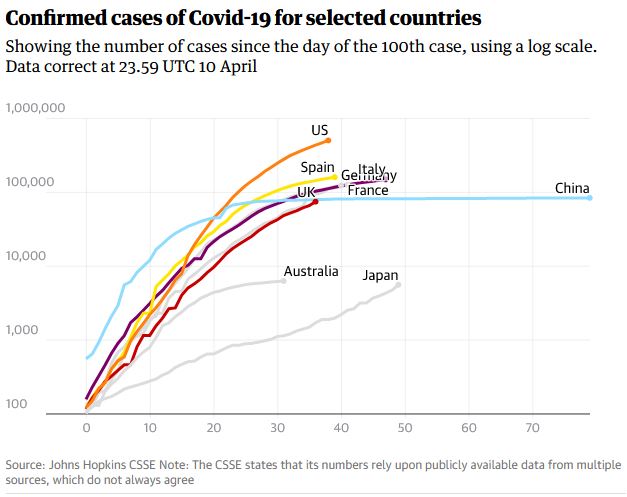24 April.
Simon Thornley
The Government and its health advisers are taking an increasingly hardline against coronavirus, stating that it will be eliminated from our shores. It certainly is desirable, but is it realistic?
New Zealand is one of the only countries in the world to attempt this. Almost alone, we have shifted from agreeing with the international approach of flattening the curve to the objective of either eliminating or eradicating the virus. The latest claim, or clarification, is that the Government’s intention is ‘zero spread’ rather than ‘zero virus’.
We need to consider that the only means of achieving even zero spread are tough social restrictions, only ending when a vaccine is invented and most of the population is vaccinated. Let’s be clear – that means a form of very restricted activity for at least a year.
The Government contends that these are needed because our population is vulnerable to the virus, so the spread must be stopped. It paints a picture that the virus is contained by the current public health measures as well as lockdown, and we are effectively leaping on and isolating each new case.
Evidence emerging in the rest of the world, however, is that this picture of a lockdown-halted virus amongst a defenseless population is inaccurate.
Serological tests from samples of people in New York, Germany and California, in contrast, show that between 4 to 15 per cent of the population have seen the virus, recovered from it, and are now immune. This is a much larger proportion of the population than we have seen from positive swab tests of the virus.
This has important implications. First, it shows that the mortality of the virus is much lower than previously appreciated. Also, it demonstrates why a suppression strategy is better than elimination. China, which is trying to eliminate the virus, is now experiencing a resurgence in cases. The cat is well and truly out of the bag.
To boot, recent analysis from the US shows that lockdowns are not effective in reducing Covid-19 deaths, comparing states with such a policy to those without. The data shows that the strongest factor determining a State’s Covid-19 deaths is population density. The lower it is, the lower the death rate. This is a key factor in New Zealand’s favour.
In New Zealand, until we have some data on existing immunity, we just cannot tell how realistic elimination is. That’s without considering whether the goal is desirable or the means worth the cost.
We are betting the house on something that overseas data is showing to be an increasingly remote possibility. Perhaps the rest of the world knows something we don’t?

